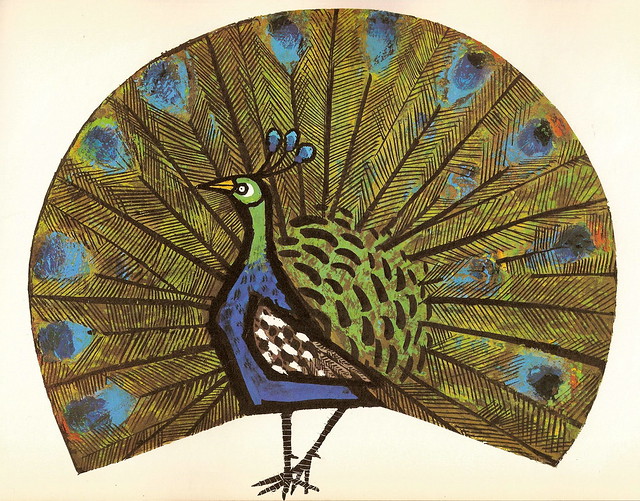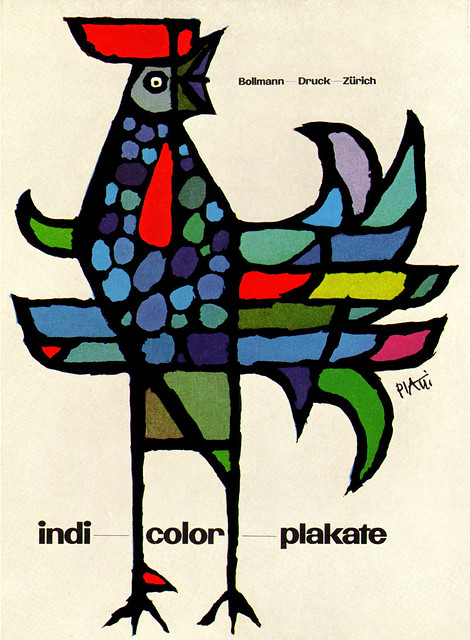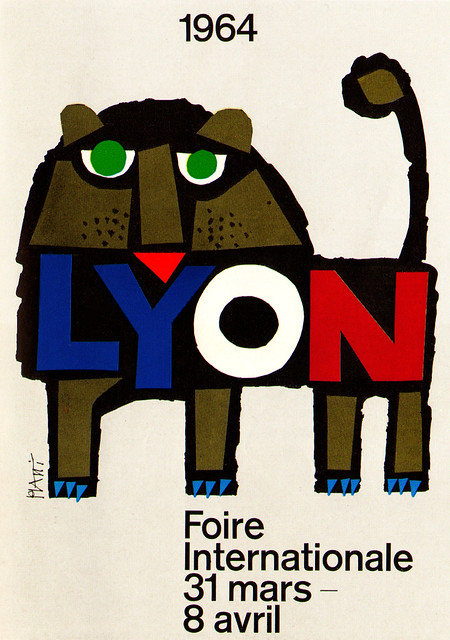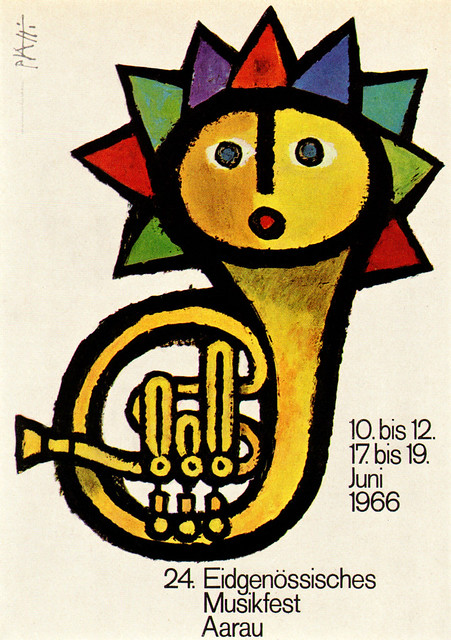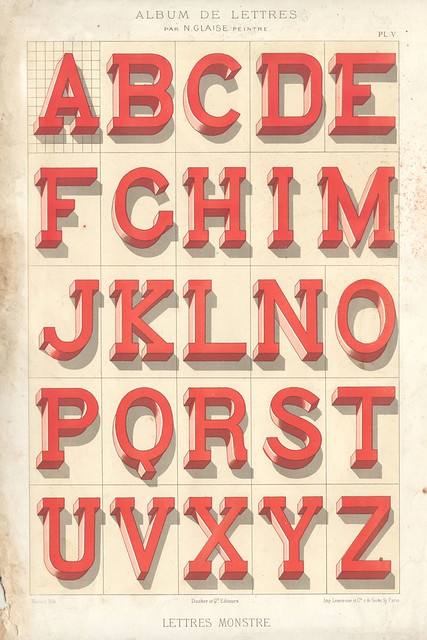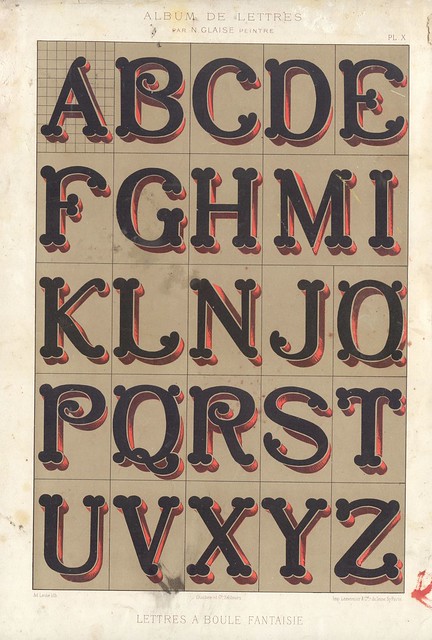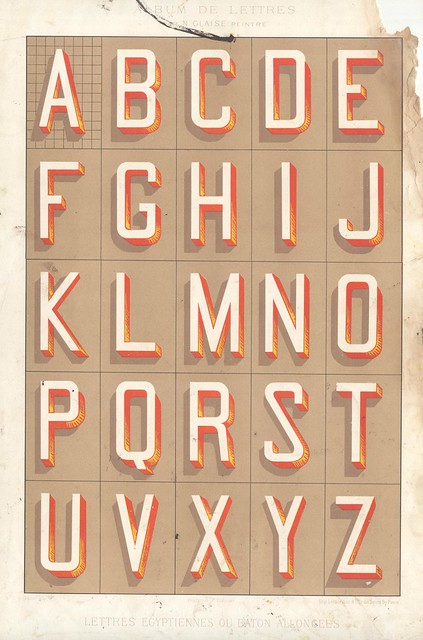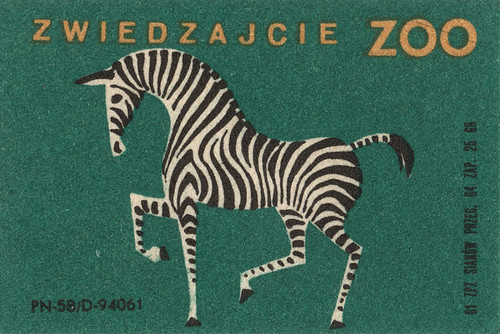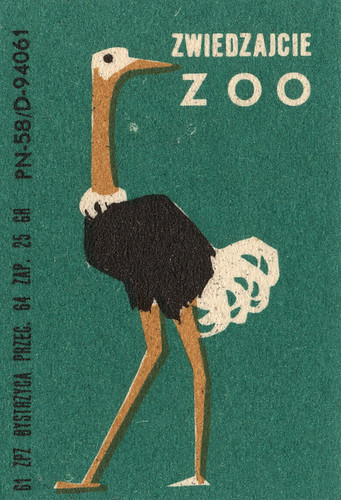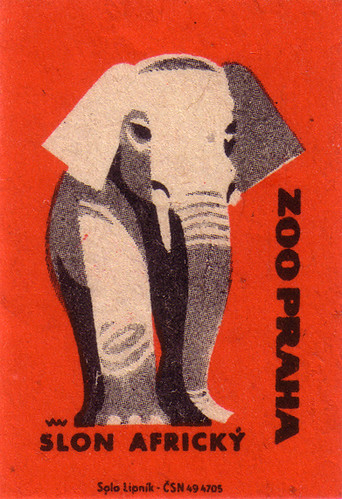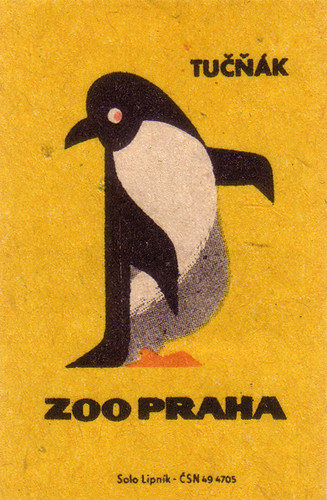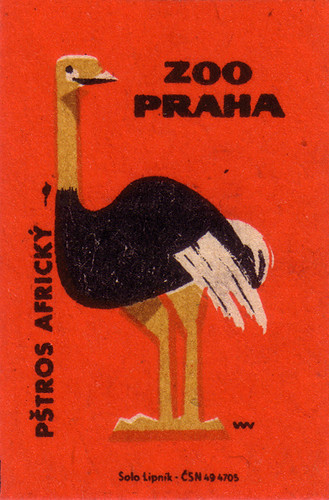



Cuban film posters including Stanley Kubrick’s The Shining and A Clockwork Orange found via http://bit.ly/qsdJO0






Iphone Cases > http://bit.ly/mKLIDp
Laptop and Ipad Skins > http://bit.ly/lBHGxA
Iphone and Ipod Skins > http://bit.ly/lL3njq
Hoodies > http://bit.ly/lus07t
T-shirts > http://bit.ly/lGN2YW
Stretched Canvases > http://bit.ly/jP5YPq
From Wikipedia > Celestino Piatti (1922-2007) was a Swiss graphic artist, painter and book designer. He is popular for his illustration work for children's books, though he also achieved international success as a designer for Deutscher Taschenbuch Verlag (DTV), whose books, from 1961 until the mid-1990s, were designed almost exclusively by Piatti, a total of over 6,300 titles. In addition to the cover design, he was responsible for typography, Signet, letterheads, advertisements and posters, providing a uniform identity to the DTV catalog.





1. 'The Stately Stag'
2. 'The Fencing Pigeon' 3. 'The Bicycle Bunny' 4. 'The Pigeon Lady' 5. 'The Flamenco Cat'






Via Wikipedia: Kubin was born in Bohemia in the town of Litoměřice, which was then part of the Austro-Hungarian Empire. From 1892 to 1896, he was apprenticed to the landscape photographer Alois Beer, although he learned little. In 1896, he attempted suicide on his mother's grave, and a short stint in the Austrian army the following year ended with a nervous breakdown. In 1898, Kubin began a period of artistic study at a private academy run by the painter Ludwig Schmitt-Reutte, before enrolling at the Munich Academy in 1899, without finishing his studies there. In Munich, Kubin discovered the works of Odilon Redon, Edvard Munch, James Ensor, Henry de Groux and Félicien Rops. He was profoundly affected by the prints of Max Klinger, and later recounted: "Here a new art was thrown open to me, which offered free play for the imaginative expression of every conceivable world of feeling. Before putting the engravings away I swore that I would dedicate my life to the creation of similar works". The aquatint technique used by Klinger and Goya influenced the style of his works of this period, which are mainly ink and wash drawings of fantastical, often macabre subjects. Kubin produced a small number of oil paintings in the years between 1902 and 1910, but thereafter his output consisted of pen and ink drawings, watercolors, and lithographs. In 1911, he became associated with the Blaue Reiter group, and exhibited with them in the Galerie Der Sturm exhibition in Berlin in 1913.After that time, he lost contact with the artistic avant-garde.
Images found via: http://monsterbrains.blogspot.com/2011/04/alfred-kubin.html






